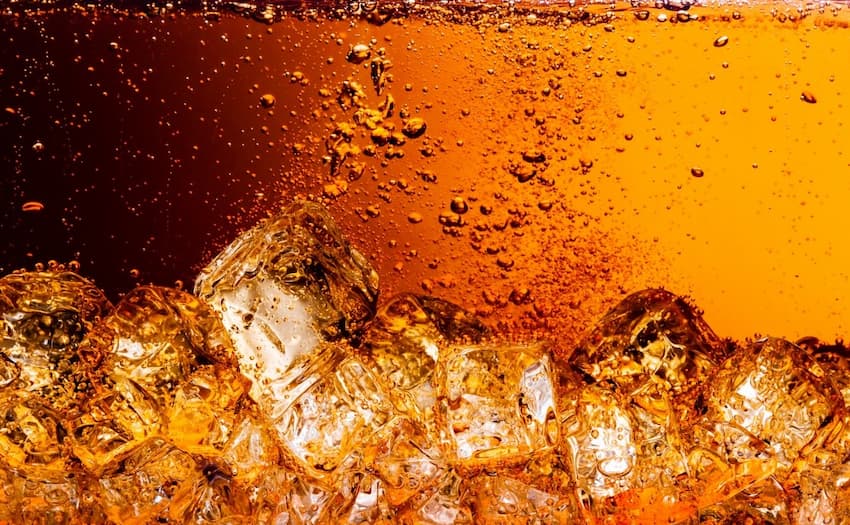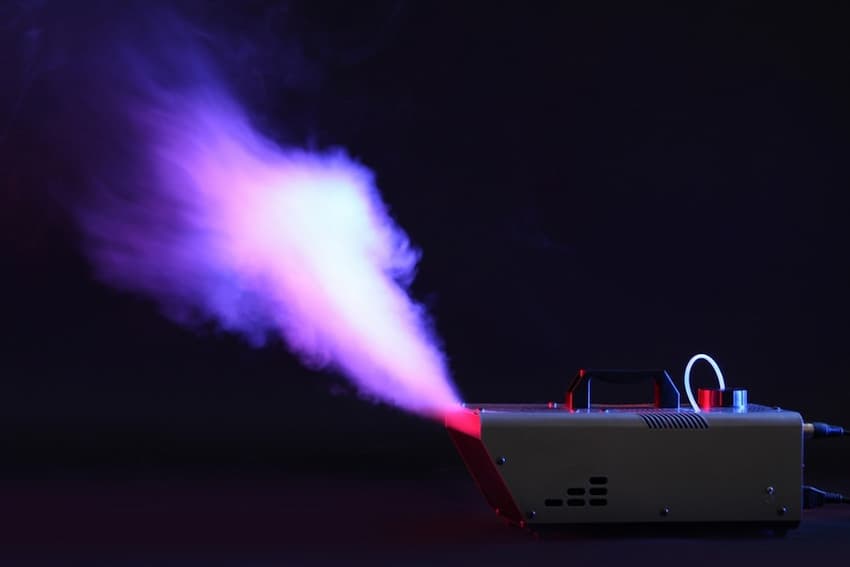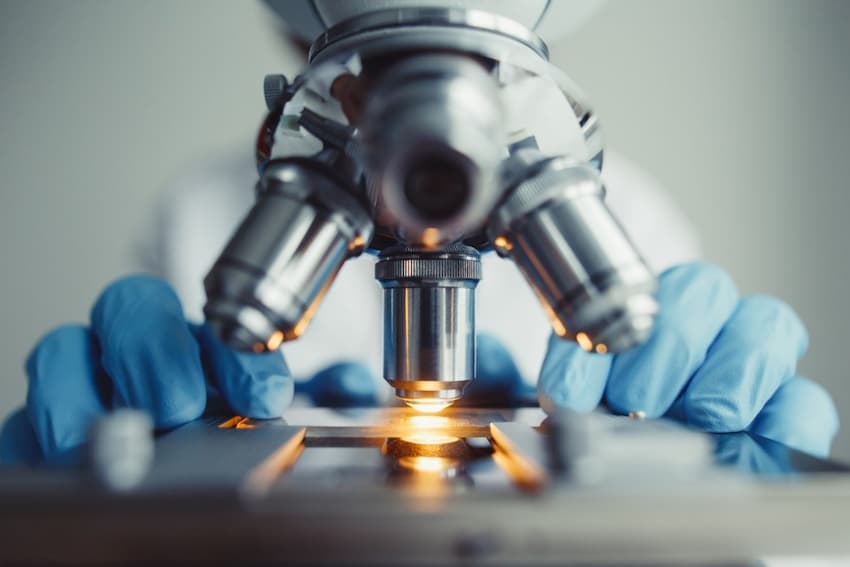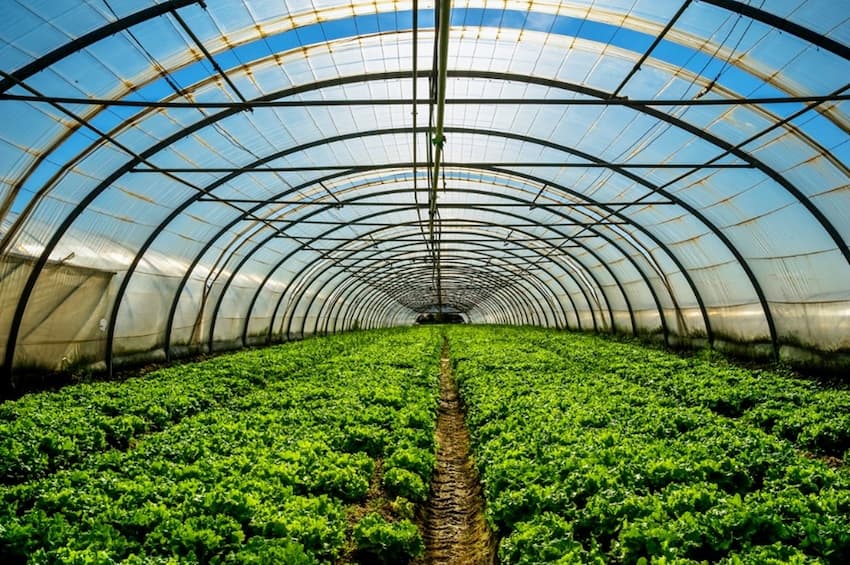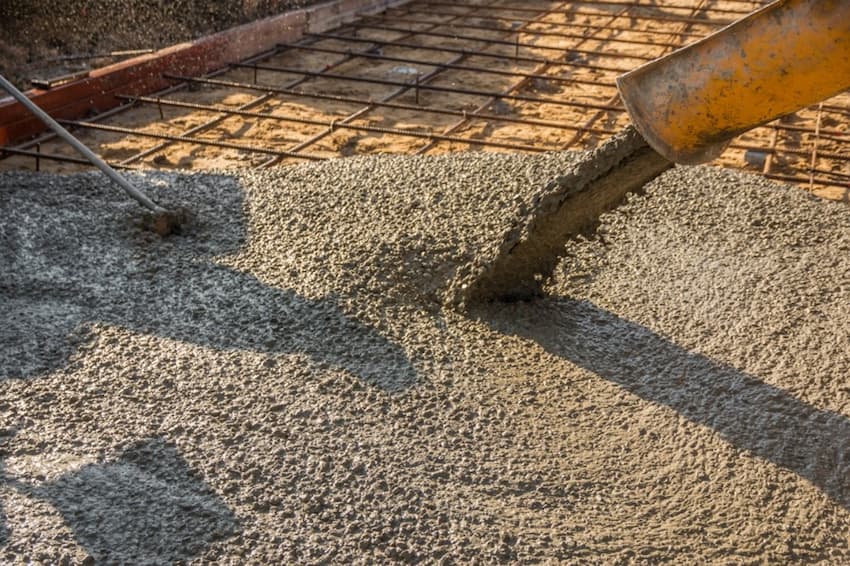 Add My Company
Add My Company

At Adams Gas, we have been distributing all sorts of bottled gases throughout the UK for the past two decades, so it is safe to say we know gases, their peculiarities, and their uses very well.
Today, we want to talk about one of the most popular gases we supply businesses most frequently: CO2. But we don’t want to list its most common applications. If you want to learn more about that, take a look at our blog about “How Can CO2 Be Used In Businesses?”. Here, we want to explore the multi-faceted aspects where CO2, beyond its notorious reputation as a greenhouse gas, transcends its role as a byproduct of industrial processes and elevates itself to something unconventional. In fact, this gas has unexpectedly emerged as “creative” and has proven to be versatile and powerful for a variety of pursuits, from artistic endeavours to cutting-edge technological applications.
Read on to discover the fascinating ways in which CO2 is being harnessed to drive creativity, foster innovation, and propel us into a sustainable future.

The Creative Side of CO2: From Beverages to Art
From the lively fizz in your favourite cola, beer, or tonic water to the enchanted mist creating cinematic magic, CO2’s creative prowess knows no bounds. Let’s take a closer look at where the science of CO2 converges with the canvas of creativity, leaving an indelible mark on both our palates and our imaginations.
Carbonation in Beverages
As we all know well, CO2 is the key to carbonated beverages, transforming an ordinary drink into a fizzy, refreshing delight. The magic of carbonation begins with the dissolution of CO2 into the liquid, creating effervescent bubbles that provide a tingling sensation on the tongue, creating a pleasurable mouthfeel. When pressurised carbon dioxide is introduced to the beverage, it dissolves into the liquid, forming carbonic acid, which then reacts with the water, releasing carbon dioxide gas in the form of bubbles. The result is not just visually pleasing but becomes a sensory experience that improves the overall taste and texture of any beverage.
This effervescent quality is particularly evident in beverages like soft drinks, sparkling water, and champagne, enhancing the perception of freshness and liveliness. The enrichment of taste in carbonated beverages is a multi-faceted phenomenon; the carbonation acts as a natural flavour booster, whilst the bubbles can carry aromatic compounds to the nose, intensifying the olfactory experience and influencing the general taste perception. We can then say that carbonation doesn’t just add bubbles but also a dynamic layer to the sensory experience, making fizzy drinks a sought-after choice for consumers of all ages around the globe.
CO2 in Special Effects
In the film and entertainment industry, CO2 has evolved beyond its chemical properties to become a key player in the creation of astonishing special effects. Whether in the form of dense fog or smoke, CO2 has become a staple in creating visually stunning and emotionally resonant scenes. Taking advantage of its nature and ability to disperse quickly, this gas offers filmmakers a controlled and visually impactful tool to bring fantastical worlds to life.
Specifically, CO2 fog machines, also known as cryogenic foggers, produce a dense, low-lying fog that adds an ethereal quality to scenes, resulting in an otherworldly ambience. The rapid dissipation of CO2 fog ensures that filmmakers can achieve the desired visual impact without compromising the safety of actors or the efficiency of the production process. Beyond atmospheric fog, CO2 is also employed to create dramatic plumes of smoke through CO2 smoke generators. They provide a safe and controlled means to add a layer of intensity and dynamism to the visual narrative, captivating audiences and elevating the overall cinematic experience.
CO2 for Cooling in Art Conservation
CO2 also serves a crucial purpose in art preservation. In the sophisticated world of museums, maintaining precise environmental conditions is paramount to safeguarding artworks, especially for preserving them against the ravages of time. Thanks to its cooling properties, CO2 comes across a fantastic solution that addresses the specific needs of these precious pieces.
In museum storage and exhibition spaces, temperature and humidity control are critical in preventing the deterioration of artworks. CO2-based cooling systems, often dry ice-based, provide an effective means of achieving and maintaining the required environmental conditions. Dry ice, which is solid carbon dioxide at extremely low temperatures, is used as a cooling agent in specialised HVAC (Heating, Ventilation, and Air Conditioning) systems designed for museum environments. The cooling process involves the controlled release of gaseous CO2, which absorbs heat from the surrounding air, helping to maintain a stable temperature. The use of CO2 in cooling systems for art conservation not only ensures the longevity of cultural treasures but also highlights the versatility of this gas in providing environmentally friendly solutions, meaning it can contribute to the ongoing efforts to preserve our rich artistic heritage for generations to come.
Technical Applications of CO2: Industry and Science
From crucial roles in industry to transformative contributions in scientific endeavours, CO2 stands out as an adaptable force shaping our technological landscape and pushing the boundaries of scientific discovery. Let’s delve into CO2’s most technical applications, where its influence extends far beyond the visible, to redefine the future of both industry and science.
Carbon Capture and Storage (CCS)
As the world deals with the urgency to reduce greenhouse gas emissions, Carbon Capture and Storage (CCS) has emerged as a strategic and innovative solution. CCS represents a comprehensive approach to mitigating CO2 emissions generated from the burning of fossil fuels in industrial processes and power generation. The concept revolves around capturing CO2 at its source, preventing it from entering the atmosphere, and then storing it in geologically stable formations, such as depleted oil and gas fields or deep saline aquifers.
CCS acts as a transitional technology, allowing industries to continue using fossil fuels while actively working towards the transition to cleaner and renewable energy sources. It is clear how it then represents an invaluable bridge to a low-carbon future.
CO2 in Greenhouses
In specific environments such as greenhouses, where natural CO2 levels may fluctuate, the controlled release of this gas serves as a strategic tool to optimise plant growth and enhance agricultural productivity. Here, CO2 is an essential component of the photosynthesis process, where plants convert light energy into chemical energy, and an increased concentration of CO2 can accelerate this vital biological mechanism.
The impact of this process on agricultural productivity is significant, which particularly benefits regions with challenging climatic conditions or seasons where natural sunlight may be limited. Additionally, the boosted growth under elevated CO2 conditions often results in faster crop maturation, allowing for quicker turnover and increased yields. It is safe to say that the controlled application of CO2 in agriculture represents a sustainable and effective method to meet the growing demand for food production.
Carbonated Concrete
In the pursuit of sustainable construction materials, researchers are increasingly turning to innovative solutions such as Carbonate Concrete. This material incorporates CO2 into the production process, resulting in a more environmentally friendly alternative to conventional concrete. For this reason, it represents a paradigm shift in the construction industry.
The production of Carbonated Concrete involves a unique carbonation curing process, where CO2 is introduced to the concrete mix during the setting phase. This process transforms carbon dioxide into calcium carbonate within the concrete structure, enhancing its strength and durability over time and reducing the overall carbon footprint associated with traditional cement production. As the construction sector seeks greener alternatives, Carbonate Concrete certainly stands out as a promising solution, marking a significant step towards eco-conscious building practices.
Embracing the Versatility of CO2 with Adams Gas
As we saw, CO2 is much more than we thought, and its versatility has more potential than ever to unlock meaningful innovations across various industries.
At Adams Gas, we are committed to not only leveraging the many uses of CO2 but also doing so in a way that is sustainable and responsible. As we look forward, we remain motivated by the unlimited potential of CO2 and how it can be harnessed for the betterment of society and the environment.
If you are a business operating in the industries we mentioned in this blog or in other sectors, such as automotive, medical, manufacturing or metalworking, feel free to reach out to us. We will be happy to provide you with our premium-quality gas products, embracing the power of CO2 in the most sustainable means possible.
For more information on Harnessing the Power of CO2 for Creative and Technical Use talk to Adams Gas


